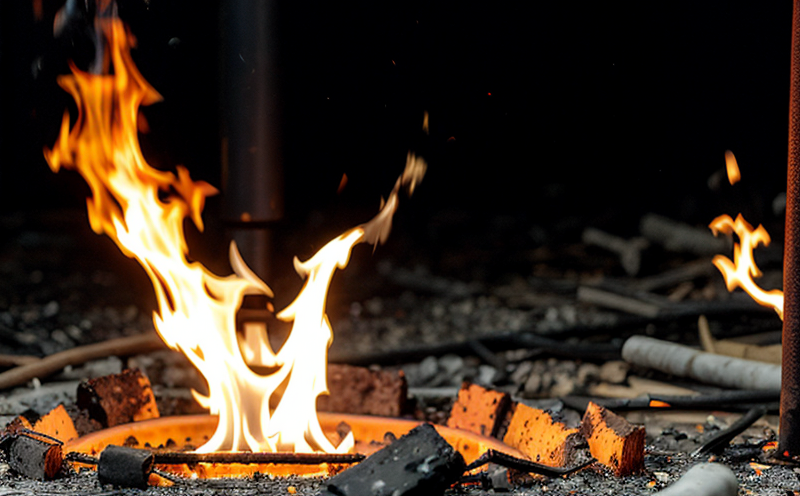ASTM F963 Toy Wig and Mask Flammability Evaluation
The ASTM F963 standard is a critical benchmark in ensuring that toys are safe for children. This regulation specifically addresses the flammability of various toy components, including wigs and masks, to prevent accidental fires or burns. The rigorous evaluation process outlined in this standard is particularly important given the proximity of these items to a child's face.
Flammability testing for wigs and masks is conducted under controlled conditions that simulate real-world scenarios where children might encounter these products. This includes exposure to open flames, heat sources, or other ignition points. The primary objective of this test is to determine the likelihood of a toy catching fire when exposed to such hazards.
The testing procedure involves exposing the sample material (wig and mask) to specific ignition sources for a defined duration while monitoring its behavior. If the material does not ignite or extinguishes within a specified time frame, it passes the test. This stringent evaluation ensures that even in extreme conditions, children using these toys are protected from any potential fire hazards.
The results of this testing play a crucial role in ensuring compliance with international safety standards and regulations. For toy manufacturers, passing ASTM F963 tests is not just about meeting legal requirements; it's also an assurance to parents that their products meet the highest safety benchmarks.
In summary, ASTM F963 flammability evaluation for wigs and masks is essential in safeguarding children from fire risks. It underscores the importance of rigorous testing protocols that mimic real-life situations, ensuring toys are safe and reliable.
Applied Standards
The ASTM F963 standard encompasses a wide range of safety criteria for toys designed for use by children under 14 years old. Flammability evaluation is just one aspect of this comprehensive set of requirements. The specific sections relevant to wig and mask flammability testing include:
- Section 7.18: Flammability of Wigs
- Section 7.20: Flammability of Masks
The standard mandates that all toy components, including wigs and masks, must pass flammability tests to ensure they do not pose a fire hazard when exposed to ignition sources.
Scope and Methodology
| Test Procedure | Details |
|---|---|
| Sample Preparation | The wig and mask samples are cut into strips approximately 5 cm wide by 10 cm long. Each sample is conditioned at room temperature for a minimum of 24 hours. |
| Ignition Source | An open flame source with a nominal diameter of 6 mm is used to ignite the samples. The distance between the ignition source and the sample is maintained at 15 cm. |
| Testing Duration | The sample is exposed to the flame for a duration of 4 seconds. During this time, the flame is moved along the sample length at a rate of approximately 20 cm per second. |
| Acceptance Criteria | The sample must not ignite or continue burning after removal from the flame source for more than 3 seconds. |
The testing process begins by conditioning the samples under standard environmental conditions to ensure consistent performance. Each wig and mask sample is then cut into strips, which are subsequently exposed to an open flame for a predetermined duration. The behavior of each sample is closely monitored during this exposure period.
After the test, the samples are inspected for any signs of ignition or continued burning. If the sample meets the acceptance criteria—i.e., it does not ignite or continue burning beyond 3 seconds after removal from the flame source—it passes the flammability evaluation. This rigorous process ensures that toy wigs and masks comply with the strictest safety standards.
Why Choose This Test
- Comprehensive Compliance: Ensures compliance with international safety regulations, including ASTM F963.
- Rigorous Evaluation: Utilizes controlled environmental conditions to simulate real-world scenarios accurately.
- Expertise and Experience: Our team of experienced professionals guarantees accurate and reliable results.
- State-of-the-Art Facilities: Equipped with cutting-edge testing equipment for precise evaluations.
- Quick Turnaround: Efficient processes allow us to deliver timely reports, crucial for product development timelines.
- Global Recognition: Our services are trusted by leading toy manufacturers worldwide.
- Continuous Improvement: Regular updates and adherence to the latest industry standards ensure our services remain at the forefront of safety evaluations.
Selecting this test guarantees that your products meet the highest safety benchmarks, providing peace of mind for both manufacturers and consumers.





